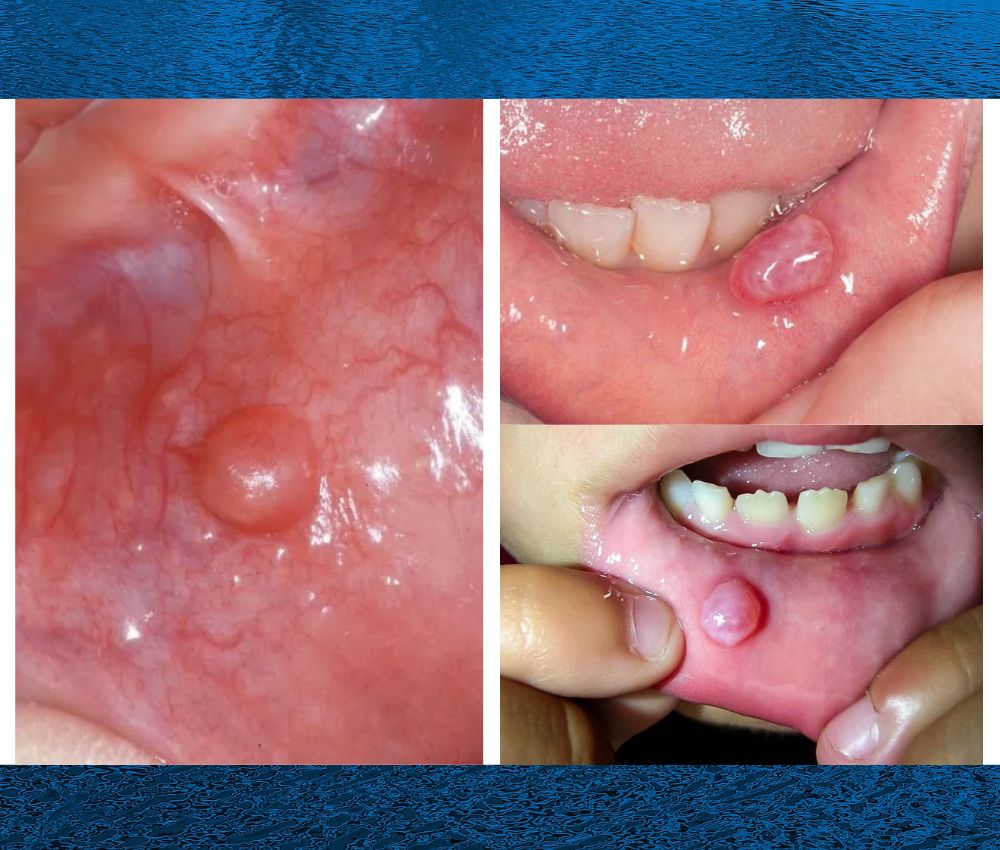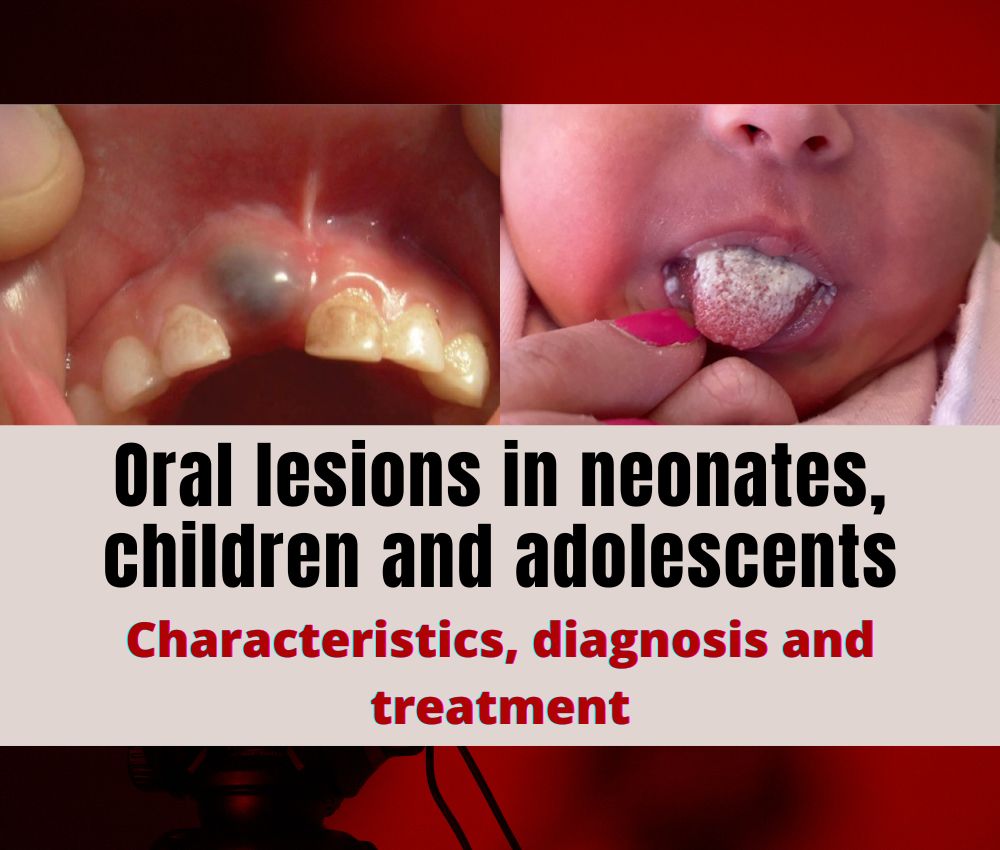Post-extraction complications can arise due to infection, inflammation, or impaired healing processes. Proper differential diagnosis is crucial for distinguishing between normal postoperative responses and pathological conditions such as dry socket (alveolar osteitis), infection, or neural injury.
📌 Recommended Article :
Dental Article 🔽 Clinical Protocols to Prevent Dry Socket: Evidence-Based Strategies for Dental Professionals ... Alveolar Osteitis (dry socket) remains one of the most common and painful complications following tooth extraction. Its incidence reportedly ranges from 2 % to 5 % in routine extractions, and rises significantly (up to 30 %) after impacted third-molar removal.This article presents an evidence-based overview of post-extraction conditions, clinical manifestations, and diagnostic protocols essential for precise management.
Advertisement
✅ Introduction
Tooth extraction is one of the most common dental procedures performed worldwide. Although generally safe, post-extraction complications may occur and can significantly impact patient comfort and recovery. Accurate differential diagnosis enables clinicians to identify underlying causes early and prevent further complications. Understanding the pathophysiology of each condition allows for targeted treatment and improved patient outcomes.
📌 Recommended Article :
Dental Article 🔽 Post-Extraction Dental Care: How to Prevent Infections Effectively ... Preventing infection is critical to ensure optimal healing, patient comfort, and the avoidance of systemic complications. This article discusses updated, evidence-based preventive strategies to reduce infection risk after dental extractions.1. Physiological Healing vs. Pathological Conditions
After extraction, the normal healing process involves blood clot formation, granulation tissue development, and progressive epithelialization. However, disruption of this process may lead to pathological conditions such as:
▪️ Alveolar osteitis (dry socket)
▪️ Post-extraction infection
▪️ Residual root fragments
▪️ Maxillary sinus exposure
▪️ Nerve injury (mainly inferior alveolar or lingual nerve)
These conditions often present with overlapping symptoms, making differential diagnosis a critical clinical step.
📌 Recommended Article :
Dental Article 🔽 Key Differences Between Pediatric and Adult Odontogenic Infections: Updated Clinical Guidelines ... This article outlines the major anatomical, clinical, and therapeutic distinctions between pediatric and adult odontogenic infections, highlighting the need for age-specific diagnosis and treatment approaches.2. Clinical Features of Common Post-Extraction Conditions
Post-extraction conditions present a range of clinical manifestations that can help differentiate normal healing from pathological processes.
▪️ Dry socket (alveolar osteitis): Typically occurs 2–4 days after extraction. Patients report severe throbbing pain, often radiating to the ear or temple, absence of the blood clot, and a foul odor or taste. The socket appears partially empty with exposed bone.
▪️ Post-extraction infection: Characterized by swelling, redness, purulent discharge, and persistent pain beyond the expected healing period. Systemic symptoms such as fever or lymphadenopathy may be present.
▪️ Postoperative bleeding: May result from trauma, poor clot formation, or systemic conditions. Clinically, it presents as prolonged oozing or active bleeding several hours after extraction.
▪️ Nerve injury: Usually associated with inferior alveolar or lingual nerve trauma during mandibular extractions. Symptoms include numbness, tingling, or altered sensation in the lower lip, tongue, or chin.
▪️ Osteomyelitis: A severe infection of the jawbone that manifests as persistent pain, swelling, purulent drainage, and sometimes bone sequestration. Radiographic evaluation is essential for confirmation.
▪️ Trismus: Common after difficult extractions or infection spread to the masticatory muscles. Patients exhibit limited mouth opening and pain on jaw movement.
▪️ Soft tissue injury: May include lacerations or burns caused by surgical instruments or retraction. These usually heal well with local care but can complicate if secondary infection develops.
Recognizing these distinct clinical features ensures timely intervention, reducing the risk of chronic complications and improving postoperative outcomes.
📌 Recommended Article :
Dental Article 🔽 Appropriate Antibiotic Use in Pediatric Odontogenic Infections: Guidelines for Dentists and Dental Students ... This article provides evidence-based, clinically practical guidance for dentists and dental students on the appropriate use of antibiotics in pediatric odontogenic infections.3. Diagnostic Approach
A systematic evaluation includes:
▪️ Medical history: Systemic conditions (diabetes, immunosuppression) may delay healing.
▪️ Clinical examination: Assess soft tissue inflammation, socket integrity, and pain characteristics.
▪️ Radiographic evaluation: Periapical or panoramic imaging to detect retained roots or bone loss.
▪️ Microbiological testing: Indicated for persistent infections unresponsive to conventional therapy.
📌 Recommended Article :
PDF 🔽 Manual of extraction techniques in pediatric dentistry - Step by step ... The characteristics of the primary teeth and the presence of the germs of the permanent teeth must be taken into account when performing a dental extraction.4. Management Strategies
➤ Dry Socket:
Irrigate with sterile saline and apply medicated dressing (eugenol-based).
Analgesics for pain control; avoid antibiotics unless infection is suspected.
➤ Infections:
▪️ Initiate systemic antibiotics (amoxicillin or clindamycin for allergic patients).
▪️ Drain abscesses when necessary and remove necrotic tissue.
➤ Sinus Communication:
▪️ Surgical closure using buccal advancement flap or collagen membrane.
▪️ Prescribe nasal decongestants and antibiotics.
➤ Nerve Injury:
▪️ Evaluate sensory deficit. Use corticosteroids and B-complex vitamins to aid recovery.
▪️ Refer for neurosensory assessment if no improvement within 3 weeks.
📌 Recommended Article :
PDF 🔽 Manual of Local Anesthesia - Anesthetic techniques and anatomical references ... We share a dental anesthesia manual, which teaches us in a practical and simple way the different anesthetic techniques and their anatomical references.💬 Discussion
Differentiating post-extraction complications is essential to avoid misdiagnosis and inappropriate treatment. Recent studies (Hupp et al., 2023; Daly et al., 2022) highlight that alveolar osteitis remains the most common condition, particularly in mandibular molars and among smokers. Implementing structured postoperative monitoring and patient education significantly reduces complication rates.
✍️ Conclusion
Effective differential diagnosis of post-extraction conditions ensures early detection and optimal treatment outcomes. Dentists must integrate clinical examination, radiographic findings, and patient history to distinguish between normal healing and pathological responses. Preventive measures—such as atraumatic extraction techniques and postoperative hygiene—remain key to minimizing complications.
📌 Recommended Article :
Dental Article 🔽 Pediatric Tooth Extraction Techniques: Safe Methods, Forceps Use, and Postoperative Care ... Tooth extraction is a common procedure in pediatric dentistry and requires adaptation of adult techniques to the child’s unique anatomy, behavior, and medical needs.🔎 Recommendations
▪️ Evaluate systemic factors before extractions to prevent delayed healing.
▪️ Educate patients about signs of infection and dry socket.
▪️ Use chlorhexidine mouth rinse postoperatively to reduce bacterial load.
▪️ Document pain patterns and socket conditions during follow-up visits.
▪️ Apply evidence-based management tailored to each clinical presentation.
📊 Comparative Table: Common Causes of Tooth Extraction
| Aspect | Description | Clinical Implications |
|---|---|---|
| Dental Caries | Extensive decay compromising pulp and crown structure | May lead to periapical infection if untreated |
| Periodontal Disease | Progressive bone and tissue loss around teeth | Common cause in adults; associated with systemic inflammation |
| Impaction | Failure of tooth eruption due to lack of space or obstruction | Requires surgical extraction; may damage adjacent roots |
| Orthodontic Reasons | Extraction to alleviate crowding or align dentition | Planned and controlled under orthodontic supervision |
| Trauma | Irreparable damage from accident or fracture | Immediate management required to prevent infection |
✔ Hupp, J. R., Tucker, M. R., & Ellis, E. (2023). Contemporary Oral and Maxillofacial Surgery (8th ed.). Elsevier.
✔ Daly, B., Batchelor, P., Treasure, E., & Watt, R. (2022). Essential Dental Public Health (3rd ed.). Oxford University Press.
✔ Torul, D., & Bulut, D. (2021). Post-extraction complications: A review of differential diagnosis and management. Journal of Oral and Maxillofacial Research, 12(3), e7. https://doi.org/10.5037/jomr.2021.12307
📌 More Recommended Items
► How to Prevent Dry Socket After Tooth Extraction: Signs, Prevention, and Treatment Guide
► How to prevent infections after third molar extraction?
► How to control bleeding after extraction?







